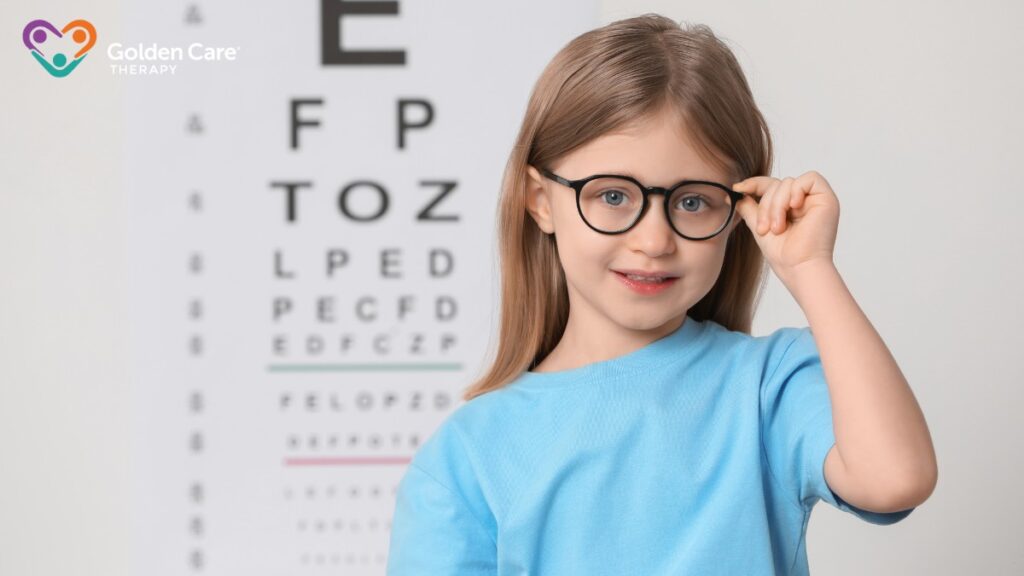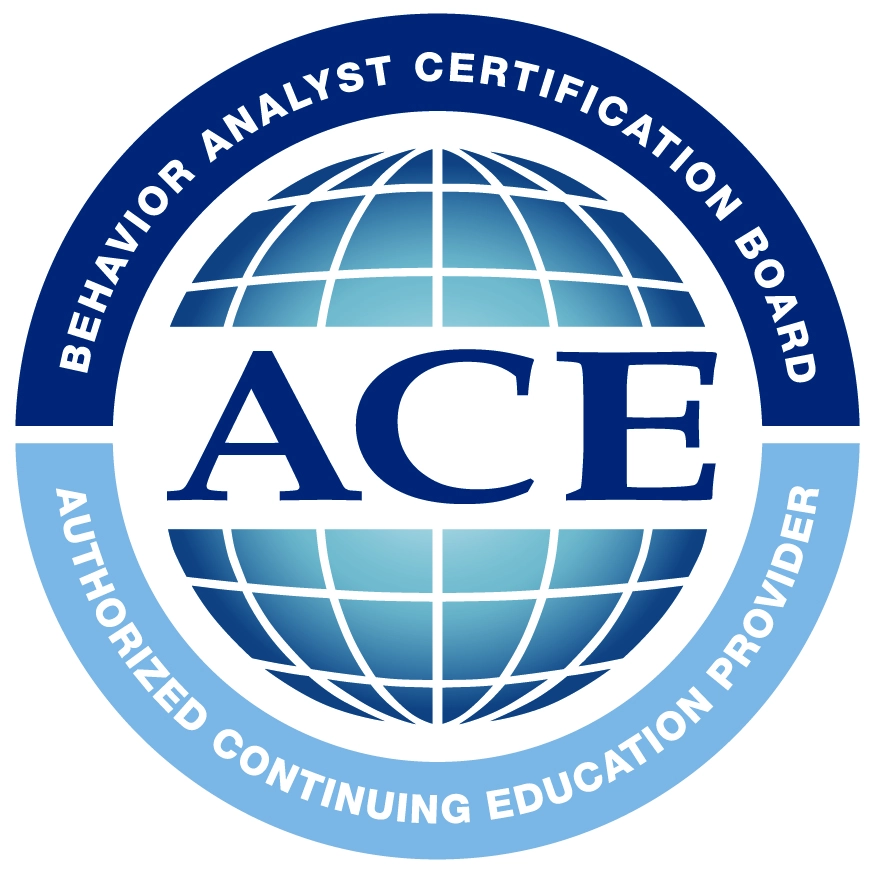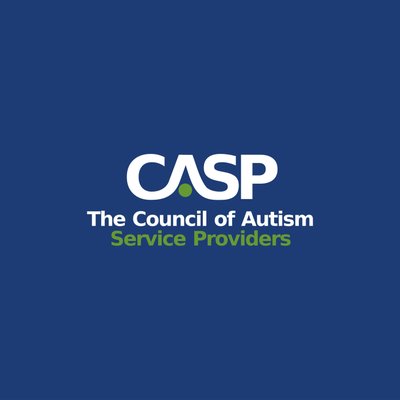Many children with autism spectrum disorders face various vision issues that can complicate their condition. In a study conducted in Spain, 48.4% of 344 autistic children had refractive problems, with hyperopia (farsightedness) and astigmatism being the most prevalent conditions.
Additionally, optic nerve abnormalities were identified in 4% of the participants, indicating potential underlying neurological concerns that may affect vision.
It’s worth mentioning that autistic children are also prone to eye movement disorders, including strabismus and difficulties with eye tracking. Binocular vision problems, such as convergence insufficiency, can hinder their ability to focus on objects and interpret visual stimuli. These challenges can lead to symptoms such as headaches and blurry vision, further complicating their everyday lives and interactions.
Research on Autism and Vision Problems
Understanding the link between autism and vision problems is crucial for providing comprehensive care. Research has unveiled various aspects of vision issues in children with autism spectrum disorders to shed light on their prevalence and significance.
The study mentioned earlier revealed that nearly half of the children studied had refractive problems. This indicates a significant need for vision assessments in this population.

Asperger syndrome was associated with a higher rate of myopia, while strabismus affected over 15% of the participants.
In addition to refractive issues, optic nerve abnormalities were another critical finding in this research. The study reported that 4% of the children with autism spectrum disorders exhibited optic nerve abnormalities. This condition can impact visual processing and should be evaluated during routine assessments.
Conversely, cases of nystagmus, characterized by rapid and uncontrolled eye movements, were observed in fewer than one percent of the subjects.
This research underscores the importance of ophthalmologic evaluations for children with autism, as these vision issues are found more frequently in this group compared to the general child population. Addressing both autism and vision problems can enhance the overall care and quality of life for affected individuals.
Vision Problems in Autism Spectrum Disorder
Children diagnosed with autism spectrum disorder often experience a range of vision problems that can complicate their daily interactions and overall development. Understanding these issues is critical for parents and caregivers to ensure appropriate interventions are implemented.
That said, eye movement disorders are common in children with autism. These disorders include conditions such as strabismus (misalignment of the eyes) and eye tracking problems.
Children with these issues may struggle with coordinating their eye movements, which is essential for reading and engaging with their surroundings.
Children with autism are also 50% more likely to develop these vision problems, which can result in headaches and blurry vision, potentially influencing their ability to interact comfortably with their environment.
At the same time, binocular vision problems, such as convergence insufficiency, are prevalent among children with autism. These conditions affect how well the eyes work together, impairing the ability to focus on tasks, especially those requiring depth perception. Challenges in binocular vision can lead to discomfort while viewing objects and can greatly hinder social interactions.
Undetected vision problems in children with autism can cause undue stress and anxiety, often contributing to difficulties in socialization. This goes to show that recognizing and addressing these vision-related identifiers is vital for supporting children on the autism spectrum.
Treatment Approaches for Vision Issues
Addressing vision problems in children with autism is crucial for enhancing their overall quality of life. Fortunately, there are various treatment options available, including the following:
Vision Therapy Techniques
Vision therapy is an evidence-based approach designed to strengthen the connection and coordination between the eyes and the brain. This method encompasses a range of prescribed exercises and aids such as Wolff Wands, balance boards, and eye-tracking activities.
Vision therapy aims to improve visual processing, which can alleviate symptoms associated with visual dysfunctions often observed in children with autism.
The therapy can help individuals enhance their visual processing skills, making the world appear more organized and manageable. This improvement not only aids in reducing anxiety but also promotes smoother social interactions and communication skills.
Prism Glasses
Prism glasses play a significant role in managing vision issues in children with autism. These specially designed glasses often feature yoked or ambient prism lenses, which can greatly enhance visual perception. The prisms function by subtly shifting objects and images to where the brain believes they should be positioned.
Doing so allows prism glasses to significantly improve vision-related symptoms of autism. The benefits include an increased sense of physical safety and comfort, reduced anxiety levels, and alleviated sensory overload.
Incorporating these treatment approaches may greatly assist parents and caregivers in addressing the vision challenges faced by children with autism. Enhancing visual skills can lead to positive impacts on their daily lives and social interactions.

Supporting Individuals with Autism
Supporting individuals with autism includes addressing vision-related challenges that may impact their daily lives. Improving visual skills and alleviating sensory overload are crucial steps in enhancing their overall well-being.
Children with autism may face various visual processing issues, including eye movement disorders, eye tracking problems, and binocular vision conditions like convergence insufficiency. These challenges affect their ability to focus, interpret visual information, and may lead to symptoms such as headaches and blurry vision.
Vision therapy has proven to be an effective method for improving visual skills in children with autism. This therapy consists of doctor-prescribed, evidence-based treatments designed to strengthen the connection and coordination between the brain and eyes.
Regular sessions can also help make the world seem more manageable, reducing anxiety and encouraging smoother social interactions and communication in children with autism.
Sensory overload is another common experience for individuals with autism. Vision-related symptoms can heighten this issue. Yoked or ambient prism lenses have been found to provide significant relief for many individuals. These lenses subtly adjust the perceived location of objects, helping the brain interpret visual information more accurately.
Using prism glasses can lead to several improvements, including:
- Increased sense of physical safety and comfort
- Reduced anxiety during social interactions
- Decreased sensory overload from visual stimuli
By addressing both visual skill enhancement and sensory overload, parents, caregivers, and individuals can create a more supportive environment for those with autism. Programs and strategies that incorporate these elements are essential for fostering better visual understanding and comfort in daily life.
Conclusion
Many autistic children face unique vision challenges that can affect how they see and interact with the world around them. From common issues like farsightedness and eye tracking problems to more complex conditions such as optic nerve abnormalities and sensory overload, these visual difficulties deserve careful attention.
Thankfully, treatments like vision therapy and prism glasses offer real hope, helping to ease symptoms and support better daily functioning.
Recognizing and addressing these vision problems early allows us to make a meaningful difference in the lives of children with autism and help them feel more comfortable, confident, and connected. At Golden Care Therapy, we provide high-quality, compassionate ABA therapy that is tailored to each child’s unique needs.
Our experienced team supports families every step of the way, ensuring consistent care and measurable progress. If you’re looking for a dedicated ABA therapist in Indiana, New Jersey, New York, Georgia, or Florida, we’re here to help. Contact us today to learn how we can support your child’s journey.
Sources:
https://autism.org/vision-problems-common-in-children-with-autism/



